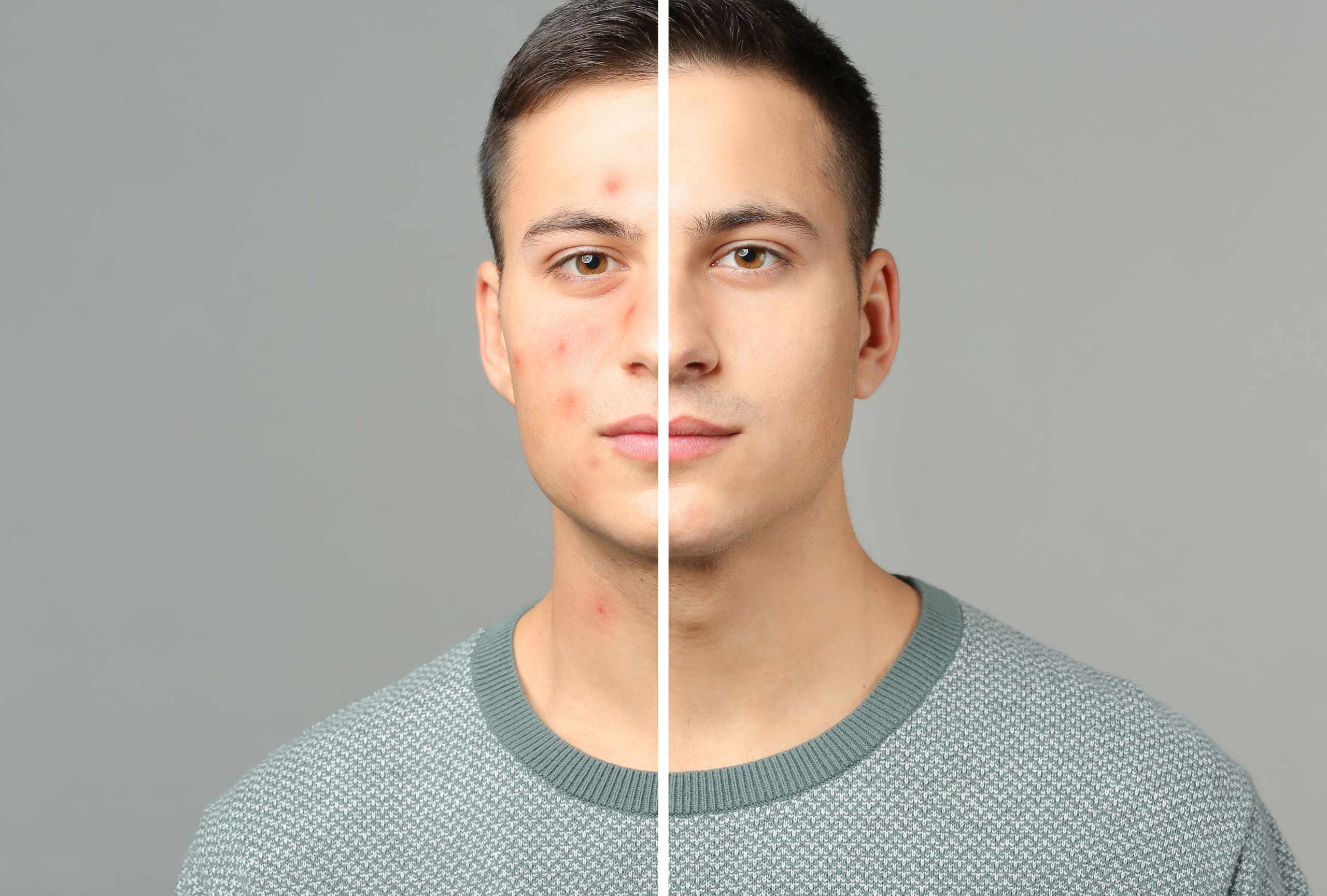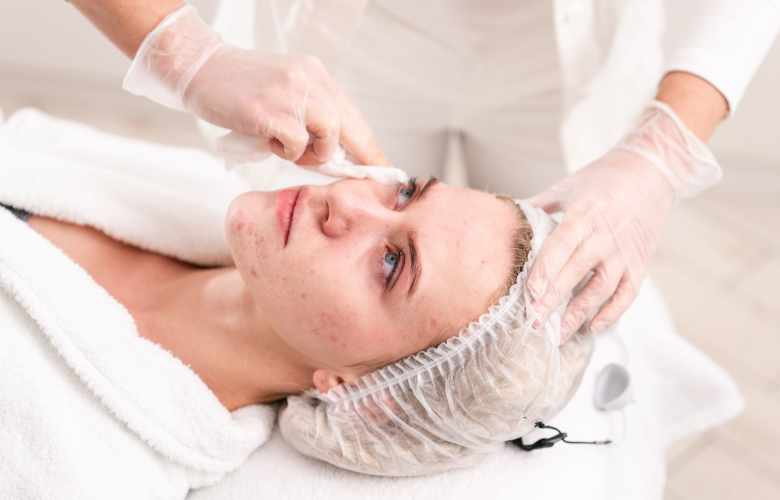Acne is a pervasive skin problem experienced by most teens, but adults can suffer from it, too. This unsightly skin issue affects up to 80% of people aged 11 to 30 years. These bumps develop when your pores are blocked with excess skin secretions. (www.cantravelwilltravel.com) While various pimple treatments are available, persistent acne problems can be managed better using laser treatments. These acne solutions are offered by dermatological facilities worldwide. For instance, if you’re from New South Wales, you may visit the nearest laser clinic Penrith has in its roster of reputable centers. If you’re one of the many who suffer from this pervasive skin condition, it’s crucial to find out the leading causes of acne and the most effective treatments. These are the things you’re going to find out in this blog f Laser Treatments.
Most common causes of acne
Acne manifests as blackheads, whiteheads, pus-filled nodules, and other forms your skin openings are clogged. Several factors may lead to this skin condition, primarily caused by high levels of the male hormones called androgens. Androgens are at their highest in all sexes during teenage years and in the early stages of adulthood. Contributing factors such as bacteria, dead skin cells, and oil become lodged in your pores and can aggravate the condition.
Stress and genetics are two of the most common contributors to acne development. Women may become more susceptible to pimples when they’re experiencing hormonal changes. Headwear such as helmets, and protective gear that you put on your face, such as masks, can also worsen the situation. So are creams and facial products you slather on your face.
Acne can also develop in the summer and winter, as humidity and cold temperatures aggravate oil production. Practicing appropriate winter and summer skincare routine can help you prevent pimple breakouts.
Five types of lasers and light therapies to treat acne
According to the American Association of Dermatologists, or AAD, different light therapies and lasers are used to prevent and treat an acne outbreak. The recommended treatment will depend on the type of pimple condition you have. It’s common to undergo a few sessions using any of these methods.
1.Portable LED devices: Who would’ve known that the light coming from our mobile phones and televisions may benefit our skin? Some compact devices are driven by a light-emitting diode (LED) and are approved by the Food and Drug Administration (FDA) in the United States as an at-home therapy for acne. These are often used as adjunct therapies to clinical treatments, though.
2.Visible light devices: These acne-cleaning solutions are called such because you’ll see a blue and red light when they’re being used in dermatology clinics. The ADA said these tools could treat pimples but not acne nodules, cysts, blackheads, and whiteheads.
3.Infrared light: This device is often used as an anti-aging tool, as frequent exposure may stimulate collagen and elastin production. However, dermatologists use this device to treat acne, particularly those on the back. Like visible light tools, infrared light may not work well for other types of acne, too.
4.Photodynamic therapy: Patients suffering from severe acne problems, including cystic pimples, can benefit from photodynamic sessions or PDT. A dermatologist will apply a solution to make your skin more sensitive to light before the session to achieve optimal results.
5.Photopneumatic therapy: This light therapy mixes intense pulse light or IPL with a vacuum to suck out excess dead skin and sebum from your pores. PPT is also effective in removing blackheads and whiteheads but may not be as effective in treating cystic acne and nodules.

Patients often come to dermatology clinics when suffering from severe cases of pimple breakouts or when other acne treatments don’t work. Laser and light therapies can also complement different types of treatments, such as oral and topical medications. Before performing any treatment, a dermatologist will assess your acne situation and skin type to determine which one works best.
How lasers work to treat acne
Lasers work by administering heat to your skin, including the deeper layers beyond the surface. This action can promote collagen production that hastens wound and scar healing. In addition, laser and light therapies effectively treat acne because of their ability to address the root causes of infection, excessive oil production, and inflammation.
Additionally, lasers work well in reducing the appearance of acne scars. While highly effective, these treatments don’t cause adverse effects and have long-term healing effects for up to one year, unlike other oral and topical therapies.
Concluding thoughts
Acne is one of the most prevalent skin conditions worldwide, affecting a majority of the teen and a portion of the adult population. Pimple breakouts take many forms, and several treatments are available to manage them.
Of all acne solutions, laser and light therapies prove the most effective and with the most negligible side effects. Unlike other treatments, there are also lower cases of remission and low compliance as with oral and topical solutions.
Hello, I am a professional writer, with more than 10 years of writing experience. I love to write on the science related subjects and share knowledge with my readers. I hope all my reader friends will enjoy my work.

